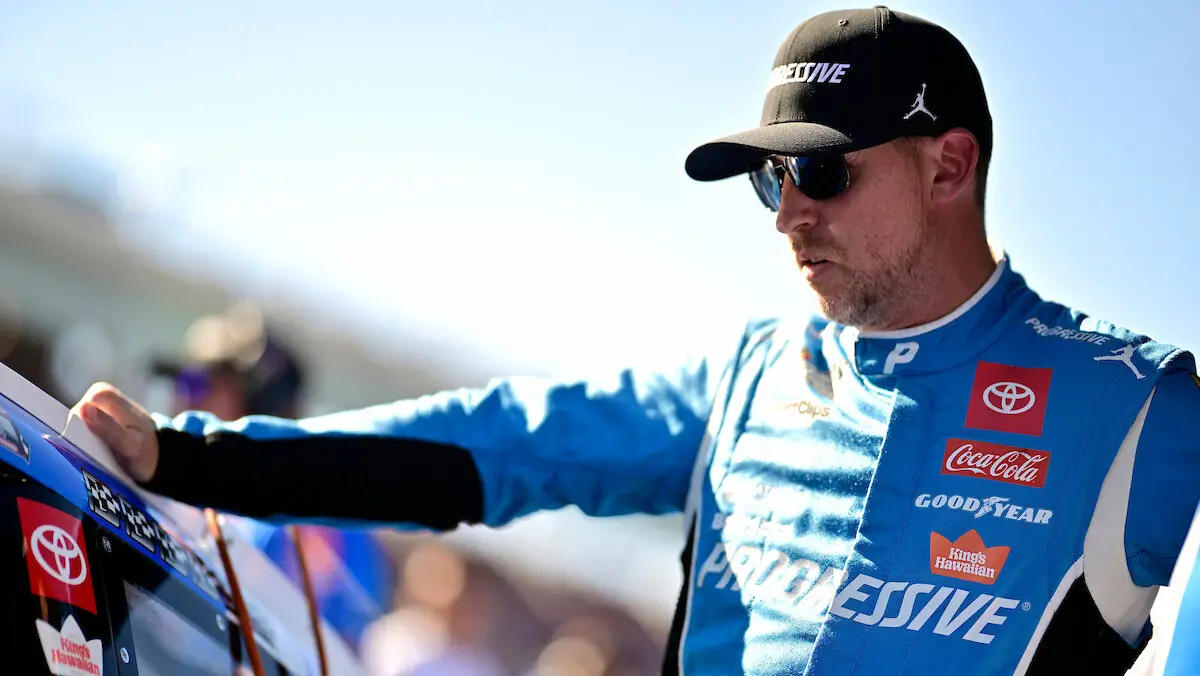
The NASCAR All-Star Race will return to Texas Motor Speedway for the second consecutive season, marking the debut competition for NASCAR Cup Series teams at the 1.5-mile facility with the Next Gen car.
While there are still a number of twists and turns in this season’s format, NASCAR has elected to make the exhibition race somewhat easier to understand this season, eliminating the need for pencil, paper, and phone calculators to figure out how the race will lineup.
Furthermore, the sanctioning body has also elected to make the team’s pit crews a pivotal part of winning the purse of $1-million, with pit stops playing a major role in both qualifying and the main event.
“The NASCAR All-Star Race highlights our best athletes — from the driver to road crew to the pit crews — and this year’s edition brings that to another level,” said Scott Miller, NASCAR Sr. Vice President, Competition. “Fans will have a full weekend of exciting competition starting with a unique qualifying format and an All-Star Race that features the top talent in our sport.”
Scheduled for Sunday, May 22, the NASCAR All-Star Race will be a culmination of a triple-header weekend with the NASCAR Xfinity Series and the NASCAR Camping World Truck Series, which will each have a points-paying event in Texas on the same weekend.
“The incredible intensity of the drivers and teams, as well as the Texas-sized excitement from our race fans, is what makes the NASCAR All-Star Race just that much more special,” Texas Motor Speedway General Manager Rob Ramage said. “The never-seen-before qualifying format will put even more pressure on drivers and pits crews to perform at their peak. Combining that with the easier-to-follow race format will create more action-packed competition for race fans at Texas Motor Speedway and those watching on FS1 as they watch their favorite drivers battle to earn a $1 million payday.”
Practice & Qualifying:

Practice (NASCAR All-Star Race & All-Star Open): Both the NASCAR All-Star Race and NASCAR All-Star Open will feature one 15-to-20-minute practice session prior to qualifying.
NASCAR All-Star Race Qualifying: Setting the field for Sunday’s NASCAR All-Star Race will be a four-round, multi-faceted process, which will require work from drivers and pit crews.
Round #1 will consist of traditional single-car, one-lap qualifying, in reverse order of NASCAR Cup Series owner points. The eight fastest vehicles in the first round will advance to round two.
Rounds #2 through #4 will be an elimination-style bracket, which starts with two teams performing four-tire pit stops in adjacent pit stalls. After the competition of the pit stop, the jack will be dropped and drivers will exit pit road – with no speed limit — onto the track, where the first driver to cross the start-finish line will advance.
The winner of the final pairing will sit on the pole for the NASCAR All-Star Race.
NASCAR All-Star Open: No qualifying format was announced.
NASCAR All-Star Open:

Stage #1: 20 laps. Both green and yellow flag laps will be counted. The leader at the end of the race’s first stage will be eligible to participate in the NASCAR All-Star Race.
Stage #2: 20 laps. Both green and yellow flag laps will be counted. The leader at the end of the race’s second stage will be eligible to participate in the NASCAR All-Star Race.
Stage #3: 10 laps. Only green flag laps will be counted in the race’s third and final stage. The winner of the final stage will be eligible to participate in the NASCAR All-Star Race.
Fan Vote: The highest-ranked driver in the NASCAR All-Star Race ‘Fan Vote’ that hasn’t already secured a spot in the field, will be added into the lineup for the NASCAR All-Star Race.
NASCAR All-Star Race:

Drivers Eligible to Compete in All-Star Race: AJ Allmendinger, Aric Almirola, Christopher Bell, Ryan Blaney, Alex Bowman, Chase Briscoe, Kurt Busch, Kyle Busch, William Byron, Ross Chastain, Chase Elliott, Denny Hamlin, Kevin Harvick, Brad Keselowski, Kyle Larson, Joey Logano, Michael McDowell, Martin Truex Jr, Bubba Wallace, and Austin Cindric are the 20 drivers already locked into the NASCAR All-Star Race.
Stage #1: 25 Laps. The winner of Stage 1 will start on the pole for the final stage, provided he finishes inside the top-15 in Stage 2 and Stage 3.
Stage #2: 25 Laps. The winner of Stage 2 will start second for the final stage, provided he finishes inside the top-15 in Stage 3.
Pit Stop Competition: Each team will perform a four-tire pit stop. The crew with the shortest amount of time on pit road wins the pit crew award and will start the final stage from fourth, provided they finish inside the top-15 in Stage 3.
Stage #3: 25 Laps. The winner of Stage 3 will start the final stage in third place.
Stage #4: 50 Laps. The winner takes home $1-million. In the event that no natural caution flies between laps 15 and 25 of the race’s final stage, NASCAR will call an “All-Star” competition caution.













